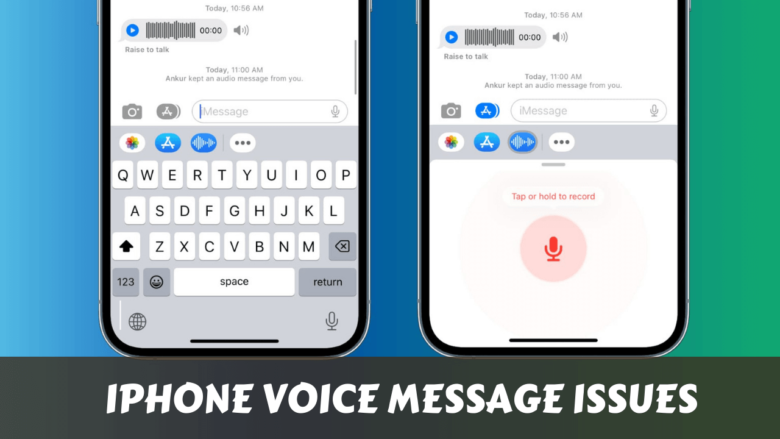How to Find Out if a Phone Number is Fake
In today’s world, phone calls and messages come from everywhere – some are helpful, others are harmful. One common problem many people face is identifying fake or scam phone numbers. Whether it’s spam, fraud, or just a prank, knowing how to spot a fake number can save you from scams and wasted time.
- How to Find Out if a Phone Number is Fake
- 1. Check the Number’s Format
- 2. Search the Number Online
- 3. Use a Reverse Phone Lookup Tool
- 4. Install Caller ID and Spam Detection Apps
- 5. Check the Number’s Activity History
- 6. Verify on Messaging Apps
- 7. Watch for Red Flag Behaviors
- 8. Use Online Communities & Forums
- 9. Report Suspicious Numbers
- 10. Trust Your Instincts
- Final Words
This guide will walk you through simple yet powerful ways to detect if a phone number is real or fake – using tools, signs, and smart checks.
1. Check the Number’s Format
Start by looking closely at the phone number’s format. Each country follows a specific pattern for mobile and landline numbers.
- Too short or too long? That’s a red flag.
- Country code missing or incorrect? Likely fake.
- Weird characters or symbols? Real numbers don’t have those.
For example, U.S. numbers are usually 10 digits long (not including the country code +1). Anything beyond that might be a spoofed or fake number.
2. Search the Number Online
The simplest way to check a number is to Google it or use search engines like Bing.
- Type the number exactly as you received it.
- Add keywords like “scam,” “spam,” or “review.”
- Use quotation marks for exact matches (e.g., “+1 202-555-0143”).
If other people have reported the number, you’ll find forums, review sites, or complaints about it.
3. Use a Reverse Phone Lookup Tool
Many websites offer reverse phone lookup services. These tools help you find out who owns a number, where it’s from, and if it has any known history of spam.
Some popular lookup services:
- Truecaller
- Whitepages
- NumLookup
- Spokeo
- BeenVerified
While some of these tools are free, others may charge for detailed results. Still, a basic lookup usually shows the name or location – if it’s blank or mismatched, be cautious.
4. Install Caller ID and Spam Detection Apps
Apps like Truecaller, Hiya, or CallApp can instantly identify numbers and warn you if a call is likely fake. These apps work in real-time and flag suspicious numbers with tags like:
- Telemarketer
- Scam Likely
- Fraudulent Call
- Spam Risk
They use large community databases to track known spammers and scammers.
5. Check the Number’s Activity History
Fake numbers are often one-use or temporary. You can check this by:
- Searching if the number is listed on business sites or directories.
- Checking if it’s linked with active WhatsApp, Telegram, or Signal accounts.
- Sending a message (safely) to test its behavior – if it bounces or gets auto-replied, it might be fake.
Temporary numbers usually don’t respond naturally and are often recycled or dead in a few days.
6. Verify on Messaging Apps
Open apps like WhatsApp, Telegram, or Signal and try adding the number as a contact.
If it doesn’t connect or shows no profile information, there’s a high chance the number isn’t used by a real person.
However, some people use privacy settings to hide details – so this method works best alongside other checks.
7. Watch for Red Flag Behaviors
Pay attention to how the number behaves:
- Did the person avoid voice or video calls?
- Are they asking for money or sensitive data?
- Are the texts robotic, copied, or illogical?
- Do they avoid sharing personal information?
These behavioral signs are often more accurate than any tool.
8. Use Online Communities & Forums
Websites like Reddit, Quora, or scam reporting platforms (e.g., 800notes, WhoCallsMe) can be useful for user-submitted reports.
Search the number or ask the community if they’ve encountered it before. Many users share screenshots, recordings, or scam details.
9. Report Suspicious Numbers
If you find out a number is fake or used in scams, report it. In most countries, you can file a complaint with:
- Local telecom authorities
- FTC (USA)
- TRAI (India)
- Your mobile provider’s fraud department
Reporting helps others stay protected and may lead to the number getting blocked or blacklisted.
10. Trust Your Instincts
Sometimes, the best tool is your gut. If a number feels wrong – don’t respond, don’t click on links, and don’t share any private information.
It’s better to stay safe and cautious than to fall into a scam trap.
Final Words
Fake phone numbers are used by scammers, spammers, bots, and fraudsters every day. But now you know how to detect them.
By checking the format, researching online, using tools and apps, and staying alert to red flags, you can protect yourself from unwanted calls and messages.
Remember: If something doesn’t feel right, it probably isn’t. Stay sharp, stay safe.















